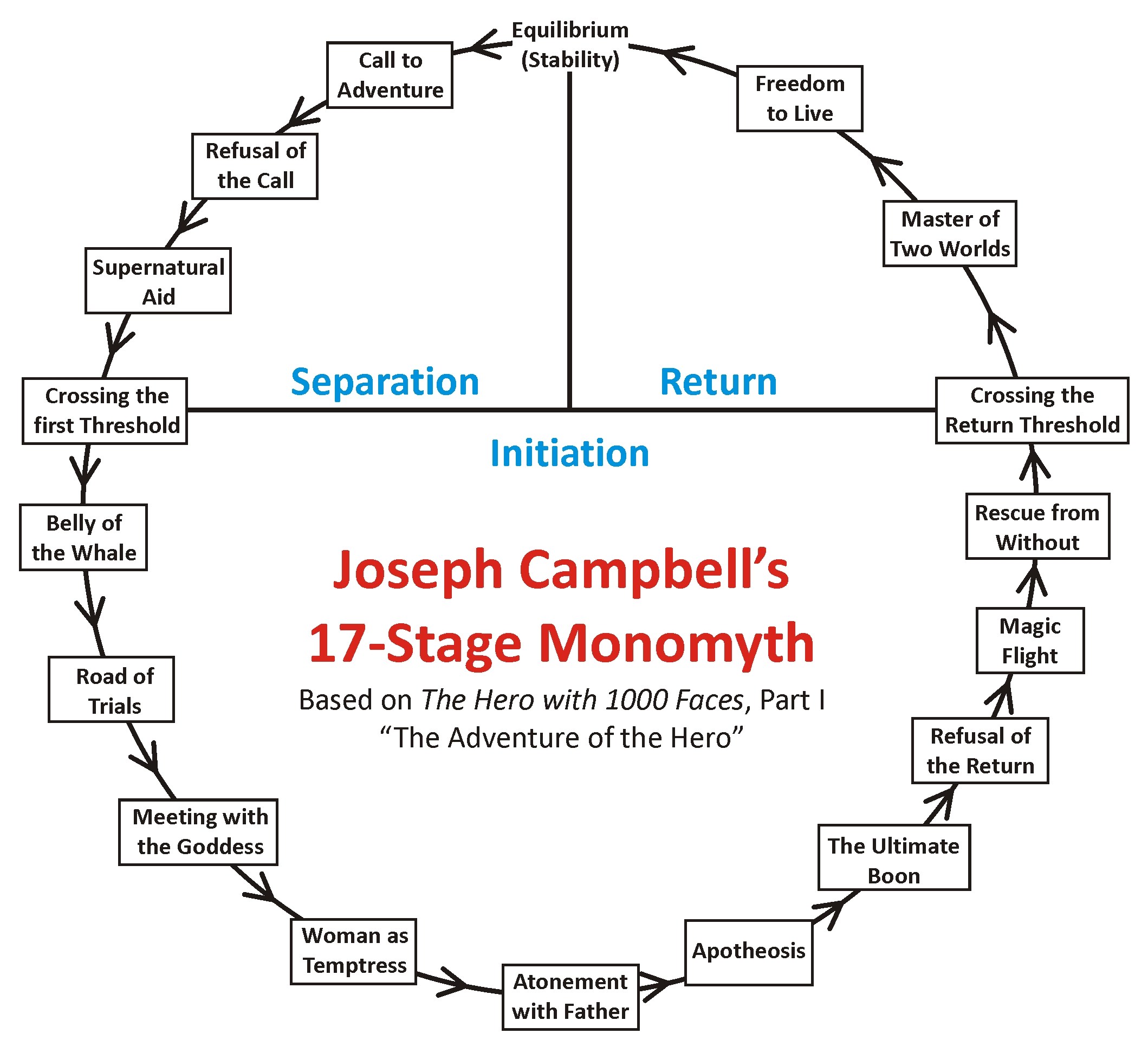MINOR SPOILERS BELOW!!!!!!
As another October recently passed us by, I lament how fast the month flew without my being able to see more scary movies. I always go into the month with big plans for how many I will devour over the next 31 days, but rarely do I see those plans fulfilled. Time and Life (not the magazines) get in the way.
However, I did manage to watch a handful of horrors. I tend to mostly stick with monster flicks when it comes to scary movies…vampires, werewolves, zombies, etc… The ones about demons are usually too much for me because I actually believe they exist, and there are only a handful of slasher films I get into- no “Saw” or torture movies for me.
One of my favorite horror movies of all time is Fright Night (1985). The story is archetypical of Bram Stoker’s Dracula, one of my favorite books of all time. I must not have been the only major fan of Fright Night, as there was a remake released a few years back. I do love the late, great Anton Yelchin, who played the teenage lead of Charlie in that version, but it just was nowhere near as fun as the original. Why? So glad you asked!
As alluded to above, I am a sort of horror light weight. It really does not take much to scare me in a story. I’d like to chalk it up to a great imagination, but I’m probably just a chicken. I managed to get in a viewing of the original during October this year, and I’m happy to say, Fright Night still creeps me out, big time. I had probably not seen it for several years at least, but on my latest viewing, it still had the same creepiness- the same drop in the pit of the stomach when Charlie walks downstairs and sees that his mother has invited the bloodsucking neighbor in for a drink! (Everyone knows a vampire cannot enter your home without an invitation, right??? Remember that!) There was the same sense of impending doom as Charlie realizes the sun is about to go down and he is defenseless. And of course, the same scary satisfaction arises when Peter Vincent realizes Charlie is right about Jerry Dandridge being a vampire.
Speaking of Peter Vincent, The Great Vampire Killer (and you really should NOT discuss Fright Night without mentioning him), I always adored the character. Played to perfect delight by the wonderful Roddy McDowall, Vincent is pompous, sentimental, a washed up has-been, and he is the only one Charlie can go to for help. As the host of “Fright Night”, the show within a show, Peter Vincent’s late-night gig runs movies, usually starring himself as the Great Vampire Killer. A comment on the times, Peter’s termination from his hosting job near the beginning of the movie is because, “Apparently your generation doesn’t want to see vampire killers anymore…all they want to see are slashers running around in ski masks hacking up young virgins.”
Jerry Dandridge and his semi-human, super-evil sidekick Billy Cole seem to agree with the new generation that those of Peter Vincent’s ilk have lost their potency. They laugh at Vincent as he tries to fight them. Even they believe he is just a joke. There is more to that than Vincent being past his prime- he is past his popularity. His form of hero holds no power, anymore. But Vincent and Charlie, as well as the popularity and staying power of Fright Night itself, would prove this wrong.
The irony is that Fright Night is reminiscent of one of those late-night, campy, kitschy monster flicks that no one in the 80’s wanted to see anymore. As a youngster watching it back in the day, I did not realize the fun it was having at my expense, accusing me even as I thrilled in it that I was part of the problem. I was one of the reasons it was a dying breed. Monsters just weren’t scary enough anymore for the new generation, but oh wait, the producers seemed to be saying- we WILL scare you! And they did, and still do.
Fright Night is an unabashed camp-fest, gory, sometimes funny, sometimes weirdly erotic (as Jerry attempts to seduce Charlie’s girlfriend, the damsel in distress), nostalgic for a bygone era…and for all of that, it remains scary and smart. I always knew it was scary. I think it took a little growing up on my part to realize it was smart.




